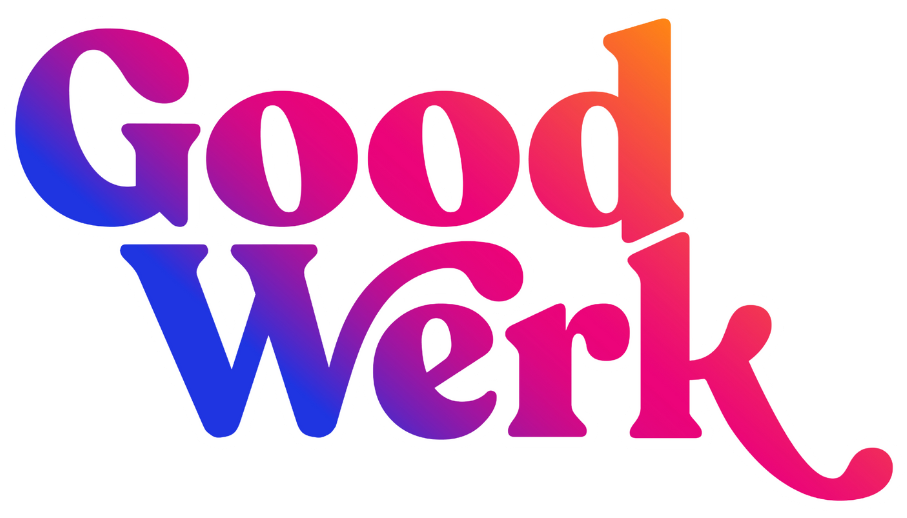Understanding Intersectionality in Mental Health: BIPOC and LGBTQ+ Experiences
Navigating mental health can be complex, especially when different aspects of identity overlap. For people who identify as both BIPOC (Black, Indigenous, and People of Color) and LGBTQ+, these intersecting identities can shape unique experiences and challenges. Recognizing and understanding intersectionality is a step toward creating more supportive mental health care.
What is Intersectionality?
Intersectionality refers to how aspects of identity—like race, gender, sexuality, and class—combine to influence experiences of privilege or oppression. This concept helps explain why BIPOC LGBTQ+ individuals often face overlapping challenges, such as discrimination and stigma, which can create additional barriers to mental wellness.
Unique Challenges for BIPOC LGBTQ+ Communities
Systemic Discrimination Facing both racism and homophobia or transphobia can lead to feelings of isolation. These layers of discrimination often increase stress, anxiety, and depression.
Cultural Stigma Around Mental Health In many communities of color, seeking help for mental health can be misunderstood or stigmatized. For LGBTQ+ individuals, there might also be concerns about acceptance within family or cultural spaces.
Healthcare Disparities It can be hard to find mental health providers who truly understand these intersecting identities. This lack of cultural competence can result in misdiagnosis or care that doesn’t feel supportive.
Resilience in the Face of Adversity Despite the challenges, BIPOC LGBTQ+ communities show remarkable strength. Drawing from cultural roots, chosen families, and shared experiences can be powerful sources of healing.
Strategies for Supporting Mental Health
Finding Culturally Competent and Affirming Providers Look for therapists who understand and respect the unique intersections of identity. Online platforms and community networks can help connect with affirming care.
Building Community Joining groups or organizations that celebrate both racial and LGBTQ+ identities can create a sense of belonging and support. These spaces provide understanding and validation.
Practicing Self-Advocacy Learn about your rights in mental health care and advocate for what you need. This could mean finding a provider with specific expertise or accessing tailored resources.
Embracing Intersectionality as Strength Your overlapping identities contribute to a unique perspective. Celebrate the resilience and cultural richness that make you who you are.
How We Can All Create a More Inclusive Mental Health Space
Supporting BIPOC LGBTQ+ individuals starts with recognizing the barriers they face and actively working to break them down. Here’s how mental health systems can make a real difference:
Educate Ourselves and Others: Learn about the lived experiences of BIPOC LGBTQ+ individuals and share that knowledge to promote understanding and allyship.
Advocate for Representation: Encourage mental health spaces to hire diverse providers who reflect the communities they serve.
Support Accessible Care: Push for policies that make therapy more affordable and accessible, such as insurance coverage, sliding-scale fees, and telehealth options.
Listen to Community Voices: Engage with and uplift the perspectives of those directly affected by these challenges to ensure support feels meaningful and relevant.
Create Safe Spaces: Whether in therapy, workplaces, or everyday interactions, fostering environments where people feel safe to be their full selves can make a world of difference.
These aren’t just suggestions—they’re ways to create a space where everyone feels seen, respected, and supported.
Final Thoughts
Mental health is never one-size-fits-all. Intersectionality shows how complex and individual mental wellness journeys can be. By recognizing these intersections, we can create spaces where everyone feels seen and supported.
At GoodWerk, we’re committed to creating inclusive, affirming environments for all. Whether through therapy, coaching, or community resources, we’re here to help. Let’s work toward a future where mental wellness is accessible to everyone.




